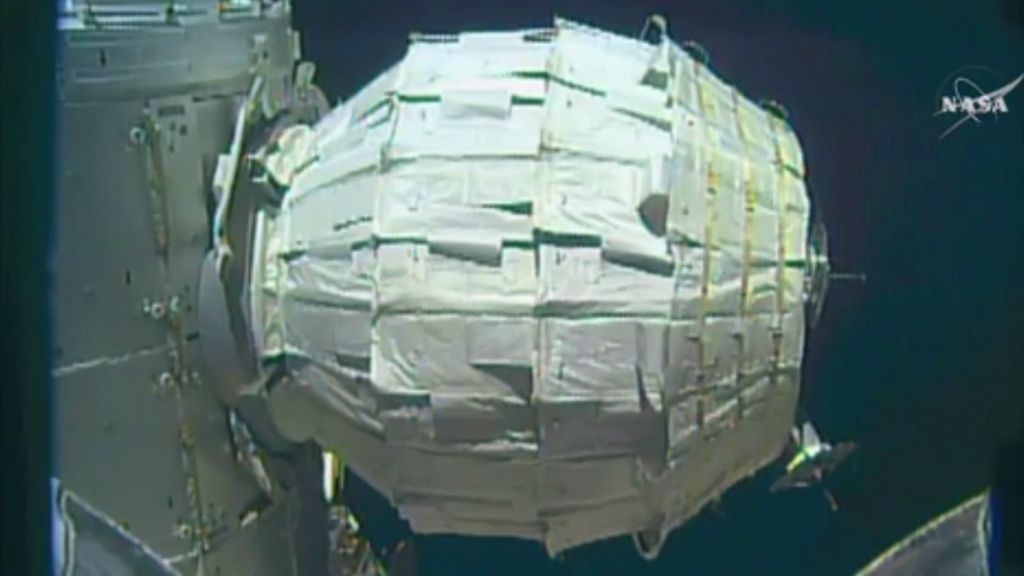-
Tips for becoming a good boxer - November 6, 2020
-
7 expert tips for making your hens night a memorable one - November 6, 2020
-
5 reasons to host your Christmas party on a cruise boat - November 6, 2020
-
What to do when you’re charged with a crime - November 6, 2020
-
Should you get one or multiple dogs? Here’s all you need to know - November 3, 2020
-
A Guide: How to Build Your Very Own Magic Mirror - February 14, 2019
-
Our Top Inspirational Baseball Stars - November 24, 2018
-
Five Tech Tools That Will Help You Turn Your Blog into a Business - November 24, 2018
-
How to Indulge on Vacation without Expanding Your Waist - November 9, 2018
-
5 Strategies for Businesses to Appeal to Today’s Increasingly Mobile-Crazed Customers - November 9, 2018
International Space Station Gets a New Room
The Bigelow Expandable Activity Module, or BEAM, was designed by Bigelow Aerospace, based in Las Vegas.
Advertisement
Williams opened the valve 25 times today for a total time of 2 minutes and 27 seconds to add air to the module in short bursts as flight controllers carefully monitored the module’s internal pressure.
Astronauts are expected to re-enter the module several times a year throughout the two-year technology demonstration to retrieve sensor data and assess conditions inside the unit, including how well it protects against space radiation, the U.S. space agency said.
USA space agency the National Aeronautics and Space Administration (NASA) successfully deployed the first experimental inflatable room attached to the International Space Station.
“A significant milestone has been accomplished”, Bigelow Aerospace, the inflatable chamber’s creator, cheered via Twitter. Stretched to its full the room offers an extra 4 meters (13 feet) in length and 3.2 meters (10.5 feet) in diameter for scientists to conduct experiments.
Inflatable habitats are created to take up less room on a spacecraft, but provide greater volume for living and working in space once expanded, according to NASA.
According to a blog post by NASA, astronaut Jeff Williams spent about seven hours inflating BEAM. NASA wants to make certain the chamber is airtight before opening the door.
The company received an $18 million contract to design the first-of-its-kind habitat. It barely expanded during the initial inflation attempt on Thursday.
The attempts to inflate the flexible habitat started around 9 am (1300 GMT) after the first efforts were failed on Thursday.
Advertisement
The Beam technology could be used in future space missions, including a possible trip to Mars in the 2030s. Lightweight inflatables are far less costly to launch than traditional metal modules. It will be off limits most of the time to astronauts, given its experimental status. This first test of an expandable module will allow investigators to gauge how well the habitat performs and specifically, how well it protects against solar radiation, space debris and the temperature extremes of space.




























